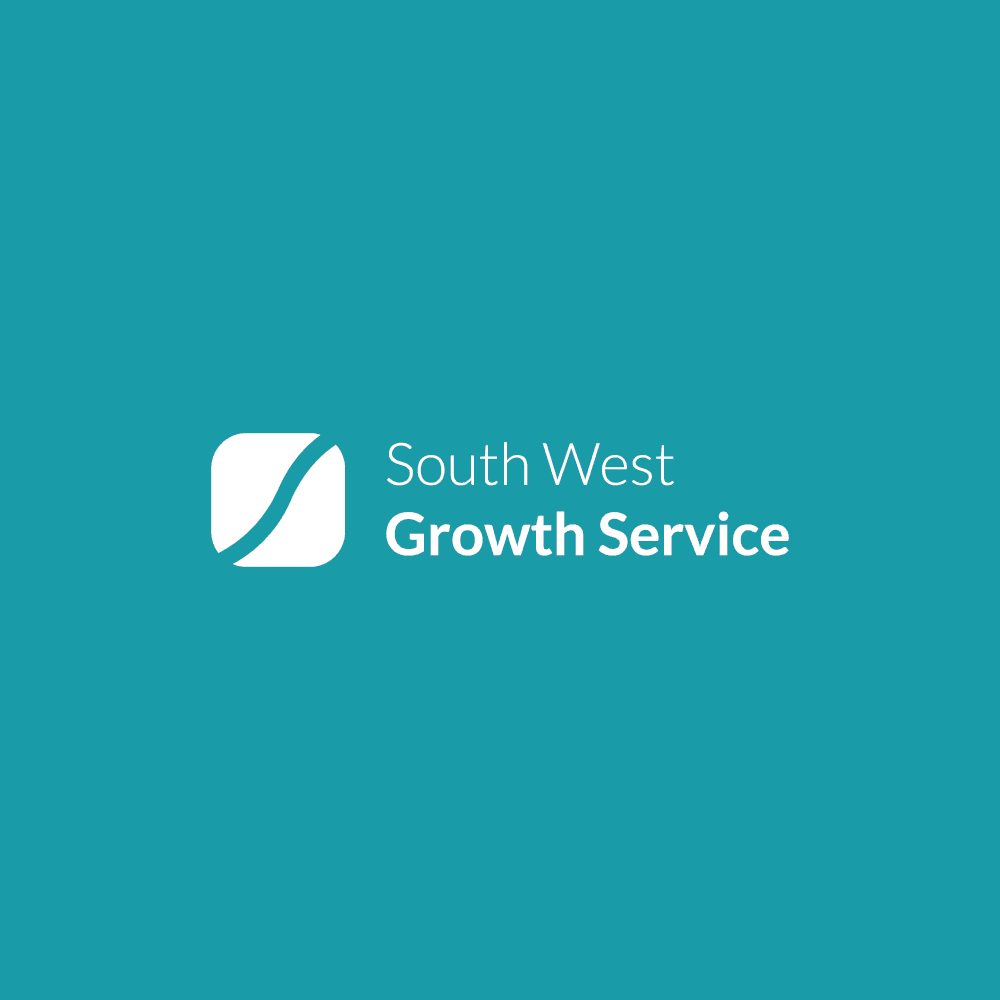“There is only one boss. The customer. And he can fire everybody in the company from the chairman down, simply by spending his money somewhere else.” Sam Walton, Founder of Wal-Mart
Too often at South West Growth Service, we hear businesses saying how the customer is everything to them and then find that the real experience is several light years away from what any discerning customer would value. These same organisations don’t seem to appreciate that most of us, even when the service is low cost, would not choose to:
- Wait to be served for minutes on end
- Provide all our personal information to them
- Pay for extras that you might reasonably assume were part of the service
- Be treated as a number not an individual
So why do organisations get it so wrong?
The truth is that what we night call “the customer journey” is rarely planned or designed upfront. It usually evolves over time with additional layers added on whenever another organisational requirement occurs. Nothing, normally, malicious here, but multiple requirements usually combine to make it hard for the customer to get done things easily. Just another question to answer, just another page to scroll through, just another, piece of data to provide, all contribute to turning magic moments into miserable ones.
This impacts on the bottom line. Research by the Customer Contact Council observed that customers who experienced “low effort” levels were 94% more likely to buy again, compared to only 4% where there was a high effort level.
So how can we design a Customer Journey?
As you can imagine, this shouldn’t be rocket science but before you even start you need to ask yourself some fundamental questions:
- Who is your customer? No really, this is important. What do they look like, where do they live, what is their age and income bracket? What problems are they trying to solve? What is important to them?
- What is their current experience? Is it good, bad or indifferent? If you don’t know – ask them – perhaps using a survey or a more detailed analysis through focus groups.
- What are the differentiators they really value? Those small points that make all the difference – a welcoming response, a follow-up call, easy to understand instructions…
Build a service around them, not you!
In designing the new service you need to consider the following six principles:
- Clear beginning and end. Is it clear what the service is and how you access it – for example, an application form, ‘phone a number, go to a location? Furthermore, Is it obvious what value you have received? If you are left wondering you are unlikely to use it again!
- Flow. Is there a seamless flow from start to finish with no gaps where the customer is required to initiate further action? With gaps, there is an increased likelihood that the customer will not complete the process without you prompting them.
- Resourcing. Have you resourced the service sufficiently throughout the process? Incorrect resourcing will result in bottlenecks, queues and lots of frustrated customers.
- Variation. Is the process repeatable time after time with limited variation in experience – regardless of which staff are involved? Can you reliably publicise service levels that the customer feels are appropriate?
- Customer involvement. Does the customer feel involved and are they aware of what is happening or are they left in the dark? Have you built in the differentiators they really value?
- Leadership. Is your customer journey managed from beginning to end? Is there an expert overseeing what is happening and constantly looking to improve it? Does the customer know who is accountable?
Chris Lorimer is a Director of South West Growth Service Limited. For further information contact Chris at [email protected]



